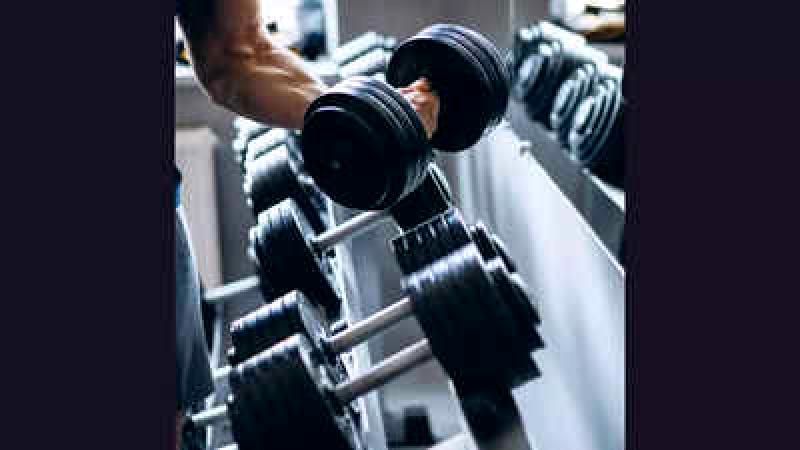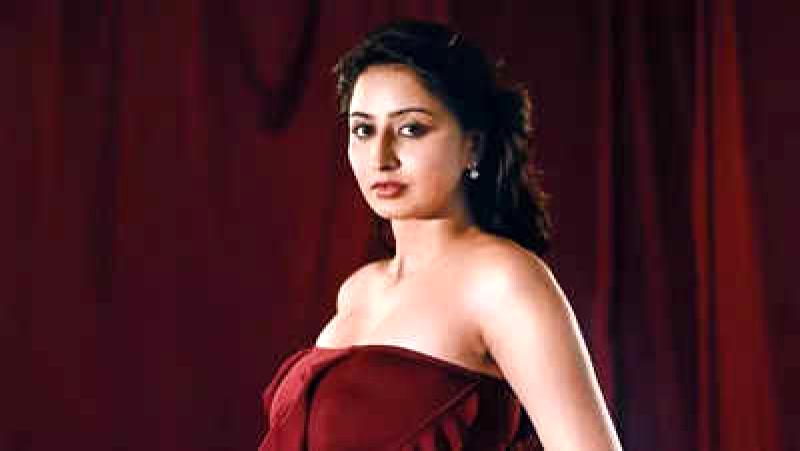
Onscreen, they are celebrated as 'sheroes,' but off screen, women in the Kannada film industry continue to face obstacles in finding their space and asserting their voice. Despite receiving recognition for their performances, costumes, makeup, and hairstyles, women behind the scenes struggle to access basic amenities on film sets, including washroom facilities. The issue of pay equality is also prevalent. The industry has experienced significant changes in the past decade, with a noticeable increase in the number of women working on film sets, from stylists to choreographers to cinematographers. However, the industry infrastructure still predominantly caters to men, with inclusivity being a subject of debate.
For many women in the industry, encountering everyday sexism is a regular part of their work. Some navigate this environment in hopes of a better future, while others have chosen to leave the industry and pursue independent work. The following insights offer a glimpse into the desires of these women:
Female technicians face challenges within a patriarchal system: Makeup artist
The makeup industry is largely controlled by male 'makeup dadas,' with men also dominating the makeup artist association. Women in the field are often belittled by their male counterparts who believe their experience spans generations, positioning them as superior. Being part of the association can result in a meager daily wage of ₹2,000-3,000, compared to earning around ₹15,000-20,000 while working independently. Although leading actresses may request a specific makeup artist, women often find themselves working alongside a male assistant designated by the association. This dynamic can lead to discomfort on set, as the male assistant typically handles tasks such as adjusting outfits and performing specific makeup applications, leaving the female artists dependent on them.Actresses like Vydurya Lokesh and make-up artistes are often overlooked for major projects, according to a screenplay writer. Producers frequently question if a script is centered on women, pigeonholing female creators into making only low-budget or non-commercial films. Stereotypical genres are assigned to women in the industry, and breaking these molds is met with resistance. There are instances of gender bias and unequal treatment towards women in various roles, such as payment discrepancies and challenges in addressing basic needs on set. While the industry claims to be inclusive, there are still significant gaps in providing essential support for women, as stated by a stylist.It is essential to amplify the voices of women: says Voiceover artist. The imbalance is apparent as women are notably lacking in dialogue within films. Consequently, female dubbing artists experience fewer opportunities compared to their male counterparts. The recent lack of women-centric films is also evident. Moreover, female singers have had scarce chances for solo performances lately. The industry predominantly features duets or 'item songs.' Encouraging more female representation on screen is crucial, stresses Sparsha RK, a singer and voiceover artist.











